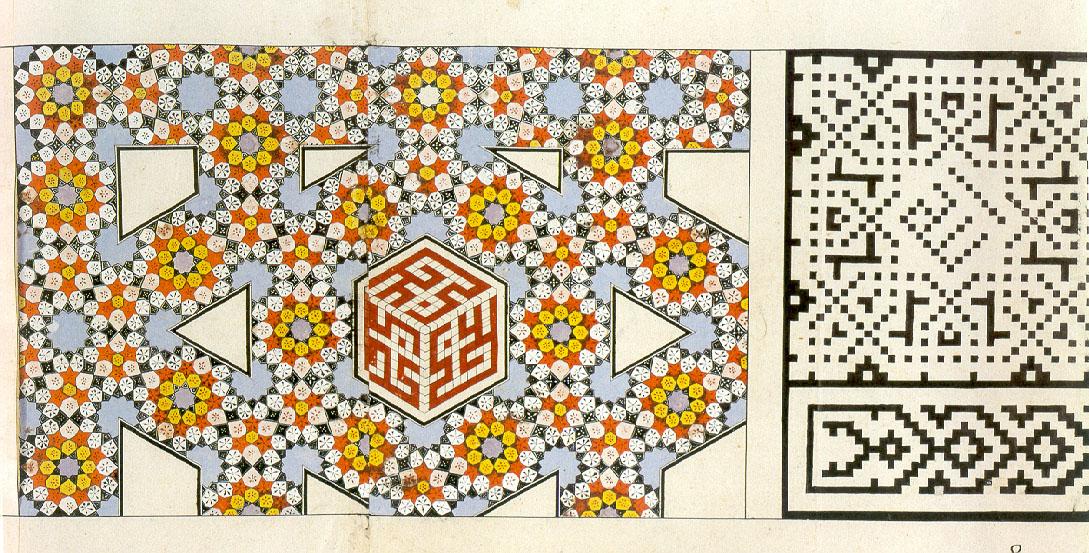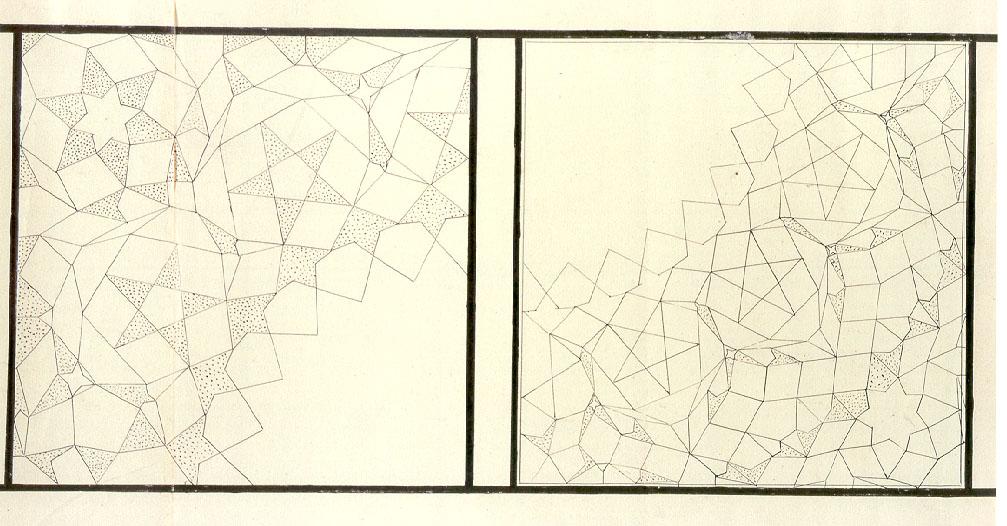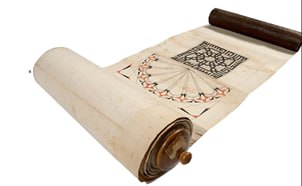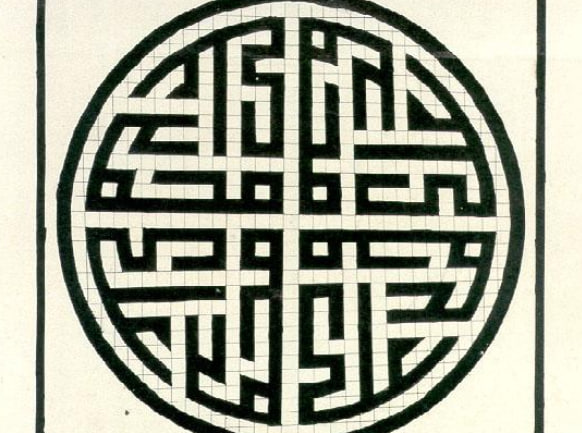The Center of Islamic Civilization in Uzbekistan to Acquire a Unique Replica of the Topkapi Scroll

One of the most treasured artifacts of the Topkapi Palace Museum, the Topkapi Scroll contains a rich collection of architectural designs from the Timurid period. The scroll features 114 geometric patterns, offering a rare glimpse into the decorative elements used in the architecture of that era.
The physical structure of the scroll is also noteworthy: it measures 33 cm in width and 29.5 meters in length and is stored rolled onto a wooden spindle. One end is attached to the spindle, while the other is affixed to a leather protective cover, suggesting that it was not merely a display item, but was likely used in daily craftsmanship—perhaps in architectural workshops.

The scroll is composed of various pieces of parchment bearing ornamental designs. Due to noticeable variations along the edges of some drawings, scholars believe it may be composed of two separate but closely connected sections. Its preserved condition also suggests practical use rather than decorative display in palaces.
Most patterns are drawn across two joined parchment sheets and are arranged in a seemingly random order. These ornaments were inspired by the decorative architecture of mosques, madrasahs, mausoleums, and other structures built during the 10th to 16th centuries under the Timurid dynasty. Among them are girih (interlaced geometric patterns), muqarnas (stalactite-like structures), colorful ceramic tiles, and intricate mosaic panels.
The scroll was first discovered in 1986 and quickly drew the attention of scholars. Harvard researcher Gülru Necipoğlu extensively analyzed its patterns and published a detailed annotated book. The work was later translated into Persian by Mehrdad Kayyumi Bidhand and published by the National Library of Iran.

In Islamic tradition, geometric designs served not only aesthetic purposes but also held religious and philosophical significance. In some of the scroll's patterns, the sacred name Muhammad (peace be upon him) appears six times in hexagonal symmetry, while the name Ali (may Allah be pleased with him) appears three times in an internal hexagonal structure. These inscriptions add a sacred, symbolic dimension to the artwork.

The scroll features numerous star-shaped designs, including 9-, 11-, 13-, and 16-pointed stars. Common in Islamic art, such forms often emerge from layering or extending patterns from basic square frameworks. Some diagrams show overlapping ornaments in varying scales, revealing their full complexity only upon close inspection.
The scroll is an invaluable resource for the study of Timurid architectural heritage. Its patterns reflect not only aesthetic brilliance but also a mathematically sophisticated design system. Through this scroll, the harmony of science, religion, and art in the medieval architecture of Central Asia is vividly expressed.
Most read

Over 100 experts from more than 20 countries of the world are in Tashkent!

President of Serbia Aleksandar Vučić visited the Islamic Civilization Center in Uzbekistan

The Center for Islamic Civilization – a global platform leading towards enlightenment











